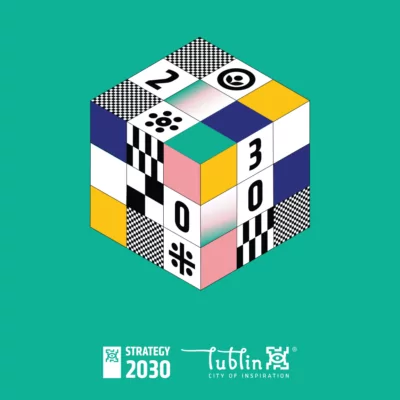Lublin Info Centre
Lublin goes green with new project

Urban greenery constitutes integrated plant systems within urban spaces, including parks, green areas, squares, and roadside greenery, which have long served crucial functions in the city—ranging from recreational and health benefits to aesthetic enhancements. In recent years, urban green spaces have significantly strengthened their position, driven by increased awareness among residents regarding the impact of greenery on mitigating climate change. Green areas, particularly those designed for recreation, are essential for providing residents with necessary comfort and contribute to creating satisfying leisure conditions within the city. Urban greenery can be likened to green infrastructure, playing an equally vital role as technical infrastructure in the city’s functioning and improving residents’ quality of life.

Funded by the Ministry of Science and Higher Education’s “Science for Society II” program, contract number: NdS-II/SN/0175/2023/01, the grant will be implemented from 21st March 2024 to 21st September 2026, with funding amounting to PLN 980,040. The grant is being executed in partnership with the Lublin City Council and in cooperation with other institutions and organizations operating in the public space sector. The project will develop the “Concept of Green System for Lublin” and a generalized “Model for Cities,” addressing the challenges faced by cities concerning green spaces in a rapidly changing world.
“Green Networks” represents Lublin’s continued efforts towards the protection and development of urban greenery. Key investments in this area include recently revitalized city parks such as Saski Garden, Ludowy Park, Zawilcowa Park, and Górki Czechowskie Park, as well as initiatives from the City Green Architect’s Office through Citizen Budgets and Green Budgets. Importantly, Lublin was the first city in Poland to introduce the Green Budget. Through collaboration with NGOs and citizen engagement, Lublin consistently expands green areas while ensuring biodiversity and aesthetics. The city’s activities in protecting urban greenery serve as an example of sustainable urban planning that benefits both people and the environment.







